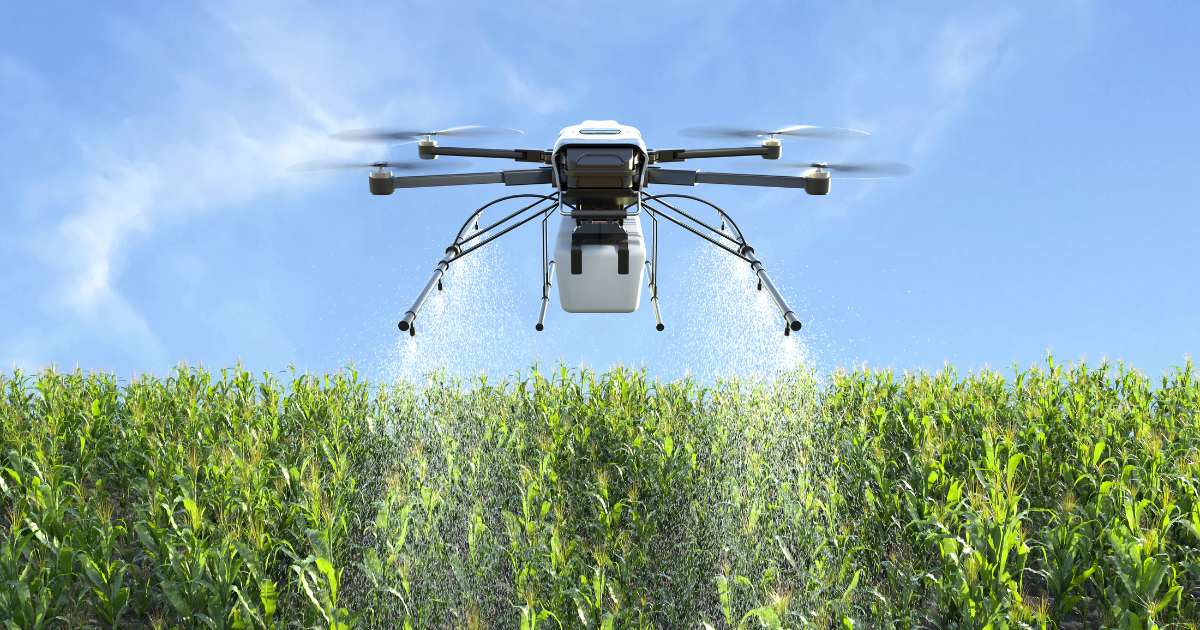
When the question of what type of business to start arises, so do many interesting ideas. Among them is a list of farming opportunities differing in difficulty. One promising opportunity is fish farming, although even this comes with a lot of challenges such as the cost of electricity, filtering the dirty water cost-effectively, and keeping parasites under control. But what about your choice of breeding stock? The truth is that you have a few options such as tilapia, trout or catfish (barbel). To find your ideal species to breed with, you need to ask: Is catfish farming in South Africa viable?
Catfish farming in South Africa seems like a logical option when looking at the characteristics of the fish. Not only is it a fast grower that can gain a kilogram every six months, but it is also cheap to feed with a vegetable-based fish pellet.
The fish can produce almost fifty thousand eggs per kilogram of body mass every eight weeks. It is hardy and can survive in water with low water quality or oxygen levels – the latter mostly because it is air-breathing.
Catfish fillets lack bones, thus producing excellent flesh for human consumption. Any by-products can be turned into pet food.
Catfish Farming in South Africa Limitations
One of the biggest limitations many other farmers have experienced is a lack of meat marketing. Where previous attempts flourished in successful production, it was a struggle selling the fish.
Setting up a hatchery is also cost-intensive and requires a degree of technical expertise. Knowledge about how to manipulate fish into spawning is vital.
The catfish need to be farmed indoors in a greenhouse tunnel or warehouse where the temperature can be controlled by heat pumps. Water that is continuously recirculated between tanks requires powerful biological filters to neutralise the metabolic waste of fish. A consistent, reliable power supply is also needed.
Furthermore, catfish are cannibalistic: They will eat the smaller of their species when confined to a small space. It is therefore important to sort fish weekly to ensure that they are stocked with similar-sized fish to prevent losses in this way.
Thankfully, if you choose to farm with catfish in South Africa, you can broaden your skills by attending training courses. Here’s a list of training providers for increasing your knowledge and skills about aquaculture (fish farming).
Aquaculture Development and Enhancement Programme
The Aquaculture Development and Enhancement Programme (ADEP) is an incentive programme by the Department of Trade Industry (dti). It is available to South African registered businesses that engage in primary, secondary and ancillary aquaculture activities. This covers both the marine and freshwater sections as classified under SIC 132 (fish hatcheries and fish farms) and SIC 301 and 3012 (production, processing and preserving of aquaculture fish).
The ADEP grant is given to the approved applicants for new, upgrading or expansion projects.It is a reimbursable cost-sharing grant of up to a maximum of R 20 million. Qualifying costs include machinery and equipment, bulk infrastructure, owned land and/or building, leasehold improvements, and competitiveness improvement activities as outlined in section 8 of the ADEP guidelines.
Objectives for the Grant
The objective of the grant programme is to:
- Create and sustain jobs,
- Broaden participation,
- Increase production, and
- Geographical spread.
The new ventures and expansions that are included in the guidelines include the cost of:
- Machinery, equipment and tools
- Bulk water and electrical infrastructure
- Owned land for small black enterprises
- Buildings, ponds, cages, tanks, etc.
- Leasehold improvements are capitalised in the balance sheet, where the lease agreement is at least 10 years
- Rental costs, (only for small black enterprises), capped at R20 000 per month and claimable at stage two only
- Aquaculture feed, up to a maximum of 10% of total costs, (capped at 20% for small black enterprises)
- Commercial vehicles or work boats (owned or capitalised financial lease), not to exceed 50% of total qualifying costs
- Competitiveness improvement activities such as skills development up to R500 000
- Environmental impact assessments (EIA) and permits authorisation and costs (only for small Black enterprises)
- Mentorship (only for small enterprises), up to R 200 per hour, 8 hours per day capped at R200 000 per approved project or application.
Eligible Enterprises Include:
1. Primary Aquaculture Operations
Hatchery facilities and operations (e.g. broodstock, seed, spat, fry, fingerling, etc.);
Nursery facilities and operations;
Grow-out facilities and operations [e.g. rafts, net closures, net pens, cages, tanks raceways and ponds; Recirculating Aquaculture System (RAS), Ranching, etc.]
2. Secondary Aquaculture Operations (of local produce)
Primary processing: (post-harvest handling, gutting, packing, quick freezing);
Secondary processing: (filleting, portioning, packaging, setting up trader, and distribution networks);
Tertiary processing or value-adding: (curing, brining, smoking, further value adding such as terrines, roulades, pates, paters);
Waste stream handling: (extraction of fish oils, protein beneficiation, organic fertilizers, pet feeds, animal feeds).
3. Ancillary Aquaculture Operations
Aquaculture feed manufacturing operations.
For more information on how to apply, visit the dti website.









